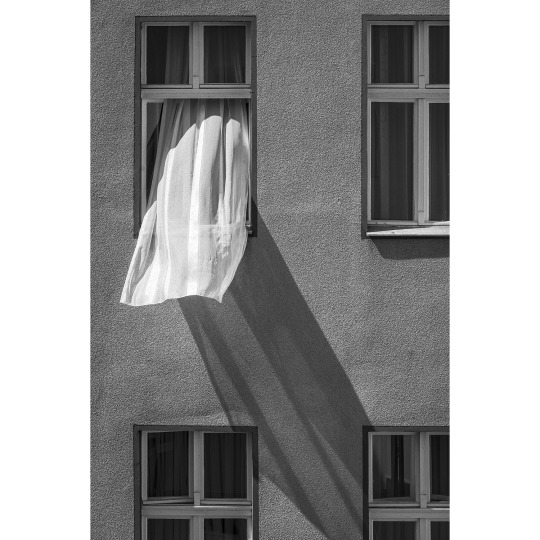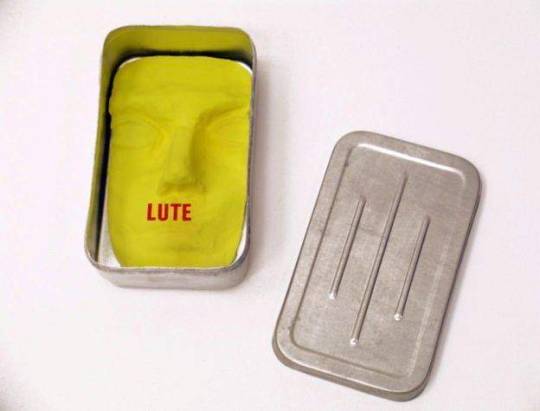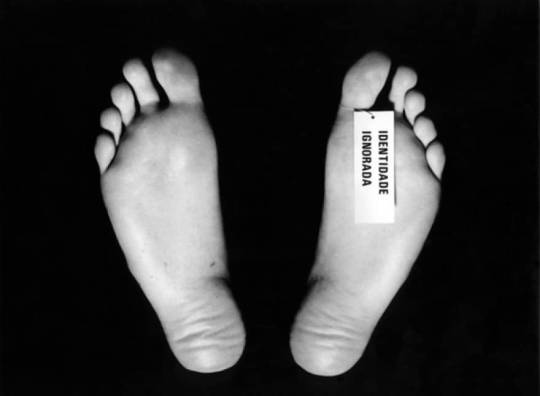Text

"Em cada obra é percebida a marca de sua inscrição histórica." (p.124)
Isso seria o famoso espírito do tempo?
LEFOR, Claude. O Sentido Histórico: Stendhal e Nietzsche. In: Tempo e História. (Org.) Adauto Novais. São Paulo: Companhia das Letras: Secretaria Municipal da Cultura, 1992, p.
119-129.
0 notes
Text
Limite
e quando a palavra
apodrece
num corredor
de sílabas ininteligíveis.
e quando a palavra
mofa
num canto-cárcere
do cansaço diário.
e quando a palavra
assume o fosco
ou o incolor da hipocrisia.
e quando a palavra
é fuga
em sua própria armadilha.
e quando a palavra
é furada
em sua própria efígie.
a palavra
sem vestimenta,
nua,
desincorporada.
Adão Ventura
2 notes
·
View notes
Photo

Samuel Szpigel
Yes nós temos, 1965
“República das bananas é um termo pejorativo para um país, normalmente latino-americano, politicamente instável, submisso a um país rico e frequentemente com um governador corrompido e opressor. Sua economia é em grande parte dependente da exportação de um único produto limitado de recursos, tais como bananas.”
Fonte: Wikipedia
origem do jargão “República das Bananas” em matéria da BBC
Via MERCURIONAVEIA
10 notes
·
View notes
Text
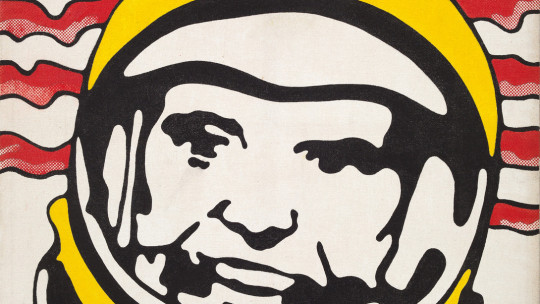
Claudio Tozzi. Astronauta. Astronaut, 1969.
Клаудио Тоцци. Астронавт, 1969.
13 notes
·
View notes
Text
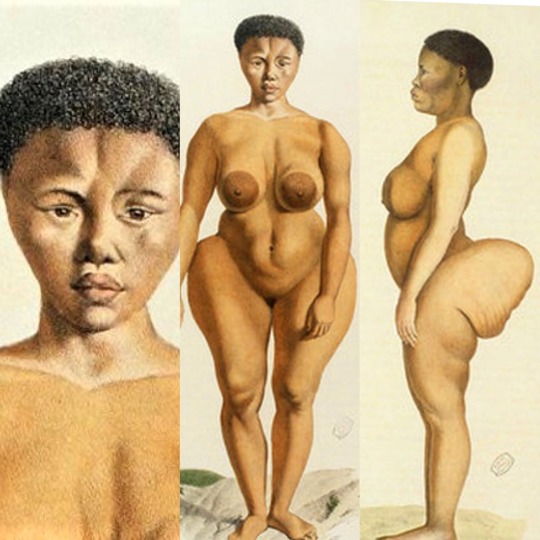
Sara 'Saartjie' Baartman was born in 1789 at the Gamtoos river in what is now known as the Eastern Cape. She belonged to the cattle-herding Gonaquasub group of the Khoikhoi. Sara grew up on a colonial farm where her family most probably worked as servants. Her mother died when she was aged two and her father, who was a cattle driver, died when she reached adolescence.
Sara married a Khoikhoi man who was a drummer and they had one child together who died shortly after birth.
Due to colonial expansion, the Dutch came into conflict with the Khoikhoi. As a result people were gradually absorbed into the labour system. When she was sixteen years old Sara's fiancé was murdered by Dutch colonists.
Soon after, she was sold into slavery to a trader named Pieter Willem Cezar, who took her to Cape Town where she became a domestic servant to his brother. It was during this time that she was given the name 'Saartjie', a Dutch diminutive for Sara.
On 29 October 1810, Sara allegedly 'signed' a contract with an English ship surgeon named William Dunlop who was also a friend of Cezar and his brother Hendrik.
Apparently, the terms of her 'contract were that she would travel with Hendrik, Cezar and Dunlop to England and Ireland to work as a domestic servant, and be exhibited for entertainment purposes. She was to receive a 'portion of earnings from her exhibitions and be allowed to return to South Africa after five years. Two reasons make her 'signing' appear dubious. The first is that she was illiterate and came from a cultural tradition that did not write or keep records. Secondly, the Cezar families experienced financial woes and it is suspected that they used Sara to earn money.
Sara Baartman's large buttocks and unusual colouring made her the object of fascination by the colonial Europeans who presumed that they were racially superior. Dunlop wanted Sara to come to London and become an oddity for display. She was taken to London where she was displayed in a building in Piccadilly, a street that was full of various oddities like “the ne plus ultra of hideousness" and "the greatest deformity in the world". Englishmen and women paid to see Sara's half naked body displayed.
Sara ‘Saartjie’ Baartman died in Paris on December 29, 1815 at the age of 26 for unknown reasons. Even after her death, many of her body parts would go on display at the Musée de l’Homme (Museum of Man), in Paris to support racist theories about people of African ancestry. Some of the body parts remained on display until 1974.
In 1994 South African President Nelson Mandela formally requested that Baartman’s remains be returned to South Africa. On March 6, 2002, her remains were returned and buried at Hankey in the Eastern Cape Province.
•••
Sara “Saartjie” Baartman, nació en el año 1789 cerca del Río Gaamtoos, hoy en día conocido como Cabo Oriental. Ella pertenecía a un grupo de los Khoikhoi que se dedicaba a pastorear ganado, los Gonaquasub. Sara creció en una granja colonial, lo más probable es que su familia solían ser sirvientes en esta granja. Su madre falleció cuando ella tenía dos años y su padre, quien era un pastor ganadero, murió cuando ella llegó a la adolescencia.
Sara se casó con un hombre Khoikhoi que era percusionista y tuvieron un hijo juntos, pero falleció poco después de nacer.
Debido a la expansión colonial, los Holandeses entraron en conflicto con los Khoikhoi. Cómo resultado, las personas fueron absorbidas gradualmente por el sistema laboral. Cuando Sara tenía 15 años, su prometido fue asesinado por colonizadores holandeses.
Poco después, fue vendida en esclavitud a un comerciante llamado Pieter Willem Cezar, quién la llevó a la Ciudad del Cabo, dónde se convirtió en sirvienta doméstica para el hermano de él. Fue durante este tiempo que se le había dado el nombre de “Saartjie”, un diminutivo de Sara en holandés.
El 29 de octubre de 1810, presuntamente Sara había firmado un contrato con el cirujano de un barco, su nombre era William Dunlop, quién era amigo de Cezar y su hermano, Hendrik.
Aparentemente, los términos de su contrato era que viajaría con Hendrik, Cezar y Dunlop a Inglaterra e Irlanda para trabajar como sirvienta doméstica y ser exhibida con propósitos de entretenimiento. Ella recibiría “una porción de las ganancias de sus exhibiciones y se le permitiría regresar a Sudáfrica después de cinco años.” Hay dos razones por las cuales esta firma es dudosa. La primera es porque Sara era analfabeta y venía de una tradición cultural en dónde no se sabía escribir, tampoco mantenían expedientes. La segunda es porque Cezar y su familia estaban pasando por dificultades financieras y se sospecha que estaban utilizando a Sara para ganar dinero.
Los grandes glúteos de Sara Baartman y su color inusual la convirtieron en un objeto de fascinación por parte de los europeos coloniales que presumían ser racialmente superiores. Dunlop quería que Sara fuera a Londres y que se convirtiera en una exhibición de rareza. Ella fue llevada a Londres y fue exhibida en un edificio en Piccadilly, una calle que estaba llena de varias rarezas, como: “el hombre más horrible” y “la deformidad más grande del mundo”. Los ingleses, tanto hombres como mujeres, pagaban por ver el cuerpo desnudo de Sara.
Sara ‘Saartjie' Baartman murió en Paris el 29 de diciembre de 1815 a la edad de 26 años, por causas desconocidas. Incluso después de su muerte, muchas partes de su cuerpo fueron exhibidas en Musée de l’Homme (Museo del Hombre) en Paris, para apoyar las teorías racistas acerca de la genealogía africana. Algunas de las partes de su cuerpo siguieron en exhibición hasta el año 1974.
En 1994, el presidente Sudáfricano Nelson Mandela, solicitó formalmente que los restos de Baartman fueron regresados a Sudáfrica. El 6 de marzo del 2002, sus restos fueron regresados y fue enterrada en Hankey, una provincia ubicada en Cabo Oriental.
50 notes
·
View notes
Text
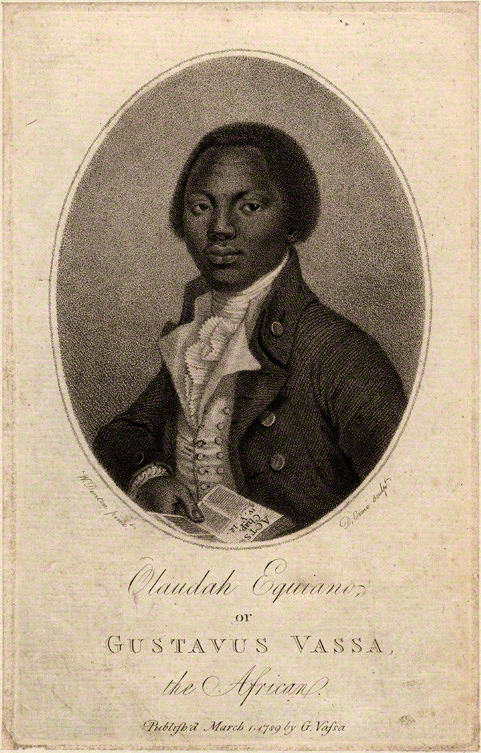
Olaudah Equiano (c. 1745 – March 31, 1797) whose father was an Ibo chief, was born in Southern Nigeria. At the age of 11 years, he was captured by African slave traders and sold into bondage in the New World. He was given the name Gustavus Vassa and was forced to serve several masters. While a slave, he traveled between four continents.
He mastered reading, writing, and arithmetic, and purchased his freedom. He presented one of the first petitions to the British Parliament calling for the abolition of slavery.
He became the first person of African ancestry to hold a post in the British Government when he was appointed to the post of Commissary for Stores to the Expedition for Freed Slaves. This abolitionist-supported venture would create the West African nation of Sierra Leone. He soon began to witness fraud and corruption among those responsible for providing supplies for the expedition. His unwillingness to accommodate this malfeasance led to his dismissal.
He continued to work with leading British abolitionists including William Wilberforce and Thomas Clarkson who urged Parliament to abolish the Slave Trade. He interjected his history into the struggle when in 1789 he wrote and published his autobiography titled The Interesting Narrative of the Life of Olaudah Equiano or Gustavus Vassa the African, Written by Himself. His narrative soon became the first “best seller” written by a Black Briton. He embarked on a lecture tour of England, Scotland, Wales, and Ireland to promote his book. He advanced several religious and economic arguments for the abolition of slavery.
He married an Englishwoman, Susanna Cullen (1792) and the couple had two daughters. He died ten years before the slave trade was abolished and 36 years before Parliament outlawed slavery throughout the British Empire. #africanhistory365 #africanexcellence
2 notes
·
View notes
Text

Nadia Waheed (Pakistani, 1992) - Sleep's Twin Brother (2024)
2K notes
·
View notes
Photo

Long Beach 710 x Century 105 #3.2, Harry B. Chandler
1K notes
·
View notes
Text
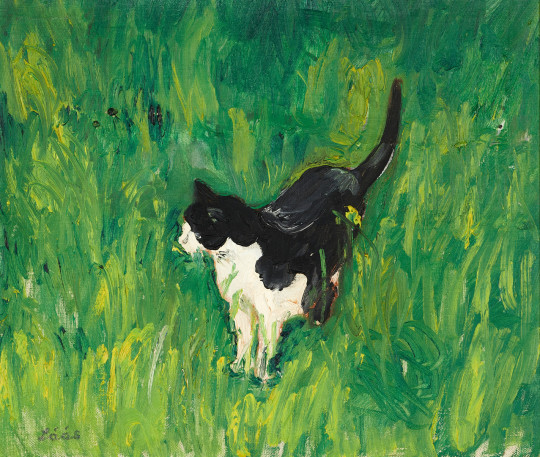
Cat in greenery - Evy Láás
Swedish, 1923-1999
Oil on canvas on carboard , 23 x 33 cm.
5K notes
·
View notes
